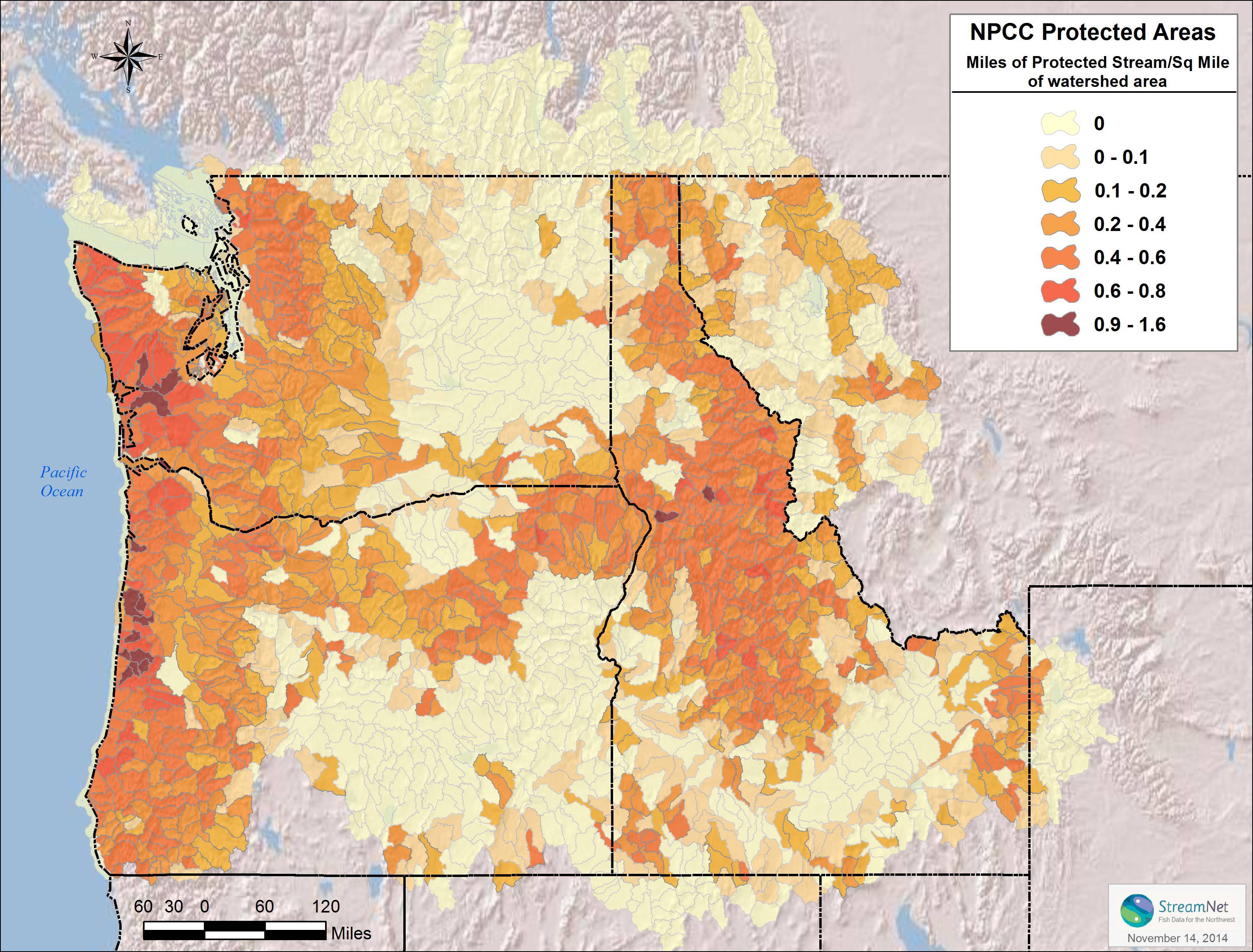From the inception of this program, the Council has supported the concept of protecting some streams and wildlife habitats from hydroelectric development where the Council believes such development would have major negative impacts that could not be reversed. Beginning in 1983, the Council directed extensive studies of existing habitat and has analyzed alternative means of protection.
In 1988, the Council concluded that:
- the studies had identified fish and wildlife resources of critical importance to the region
- mitigation techniques cannot assure that all adverse impacts of hydroelectric development on these fish and wildlife populations will be mitigated
- even small hydroelectric projects may have unacceptable individual and cumulative impacts on these resources; and
- protecting these resources and habitats from hydroelectric development is consistent with an adequate, efficient, economical, and reliable power supply. The Council, relying on these studies, designated certain river reaches in the basin as "protected areas", where the Council believes hydroelectric development would have unacceptable risks of loss to fish and wildlife species of concern, their productive capacity or their habitat.
For more information and for the formal Protected Areas provisions, see the 2014 Fish and Wildlife Program's Protected Area Strategy (Part Three, Section IV (A)(5)) and Appendix F to the Council's 2014 Columbia River Basin Fish and Wildlife Program. The operative Protected Areas database is not physically within the Fish and Wildlife Program. You may access it through the sidebar (right).
Background
- List of Protected Areas (Excel)
- 1988 Protected Areas and Response to Comments
- 1989 Technical Corrections to the Protected Areas Data Base and Response to Comments
- 1990 Protected Areas Summary and Response to Comments
- Proposed Protected Areas Changes: 1992 Rulemaking
- Response to Comments: 1992 Protected Areas Rulemaking



